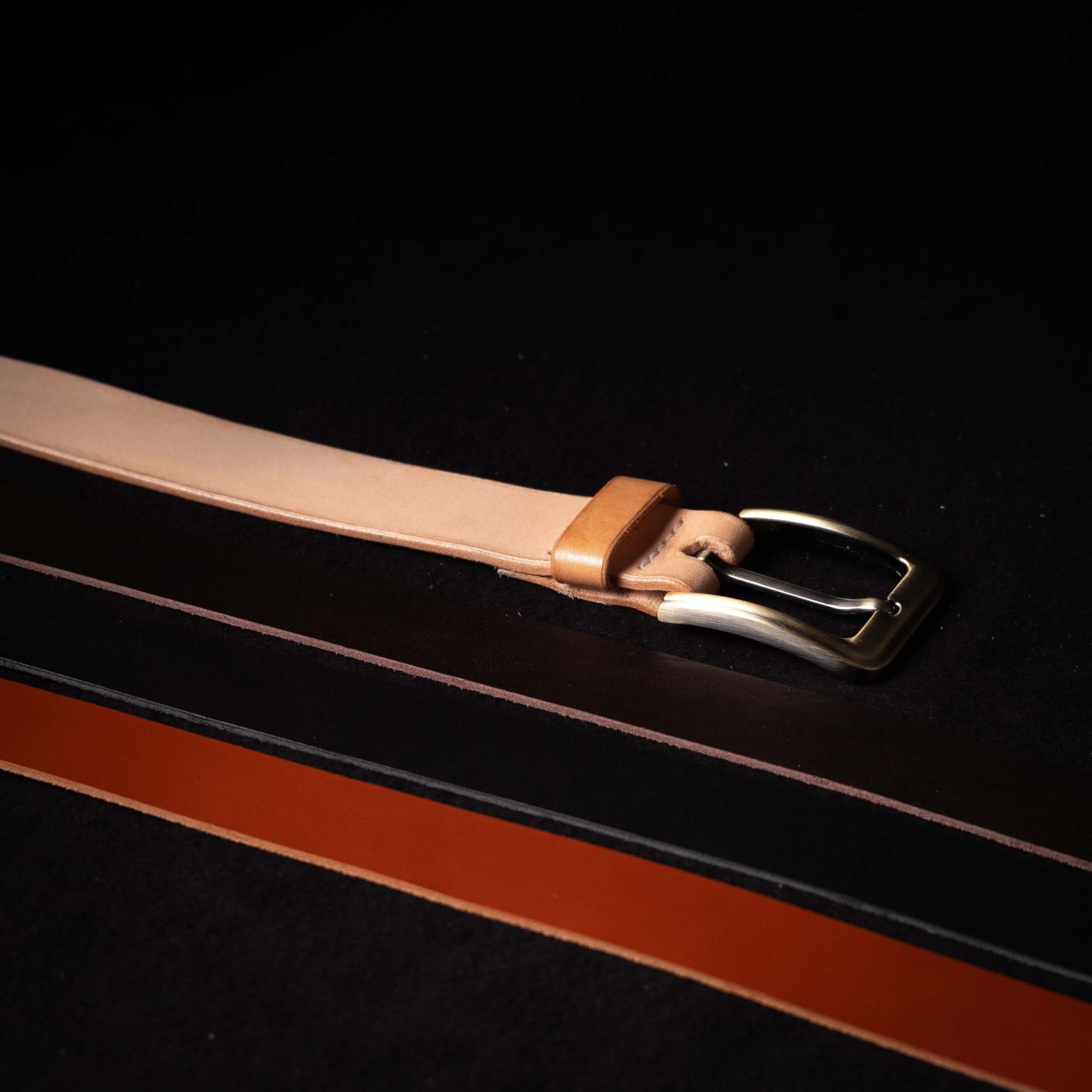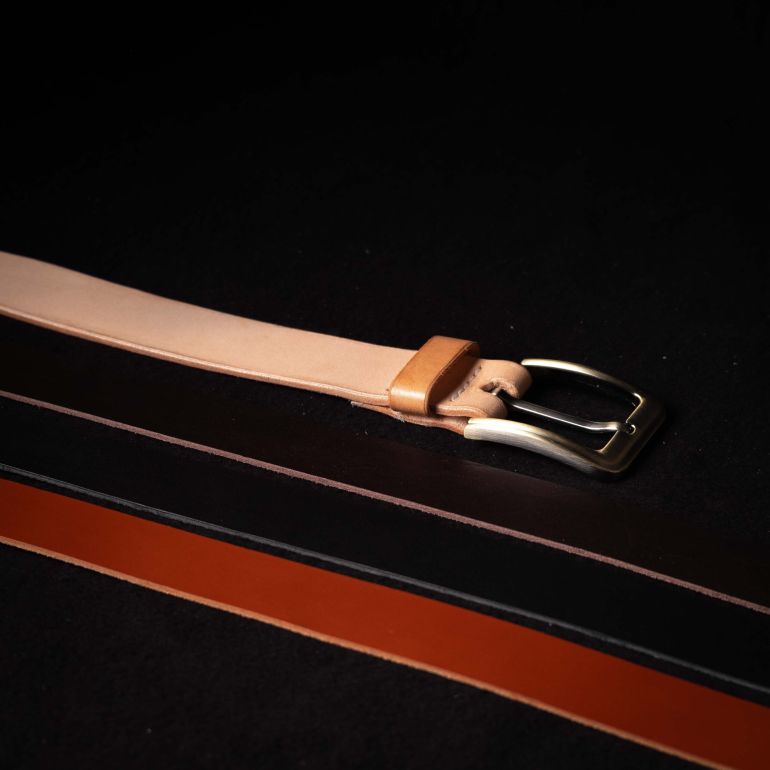
Choosing the Right Leather for Weightlifting Gear
Introduction
Weightlifting gear, such as lifting belts and straps, must endure extreme stress and wear. Choosing the right leather for these products is crucial to ensure durability, comfort, and performance. With various types of leather available, understanding their properties can help you select the best material for your strength-training needs.
In this article, we will explore the different leather types used in weightlifting gear, their benefits, and why investing in quality leather makes a difference.
1. Why Leather for Weightlifting Gear?
Leather has been the preferred material for weightlifting belts and straps for decades. Here’s why:
- Durability – Leather is tough and long-lasting, providing superior support under heavy loads.
- Firmness – Unlike synthetic materials, leather belts maintain their shape and rigidity, which is essential for core stability.
- Comfort – Over time, quality leather molds to your body, creating a customized fit.
- Moisture Resistance – Leather naturally wicks away moisture, preventing excessive sweat absorption.
2. Types of Leather Used in Weightlifting Gear
Not all leather is created equal. The type of leather used impacts the longevity, feel, and performance of the gear. Here are the most common types:
Full-Grain Leather
- The highest quality leather, taken from the top layer of the hide.
- Retains natural grain and is extremely durable.
- Develops a unique patina over time, enhancing its appearance.
- Best suited for premium weightlifting belts and straps.
Top-Grain Leather
- Slightly lower quality than full-grain but still highly durable.
- Has a smooth, uniform finish due to surface sanding.
- More flexible than full-grain but still offers excellent support.
- A great option for those seeking a balance between durability and comfort.
Genuine Leather
- Made from the lower layers of the hide.
- Less durable than full-grain and top-grain leather.
- Often bonded with adhesives and coatings to improve aesthetics.
- Suitable for casual or beginner lifters but not ideal for heavy lifting.
Suede Leather
- Derived from the underside of the hide, giving it a soft, textured surface.
- Commonly used as an inner lining for comfort.
- Not as durable as full-grain or top-grain but adds grip and cushioning.
3. Leather Thickness and Weight
The thickness of leather plays a crucial role in the functionality of weightlifting belts and straps. Here’s what to consider:
- Thicker Leather (10-13mm) – Provides maximum support and stability, ideal for powerlifters.
- Medium Thickness (6-9mm) – Offers a balance between support and flexibility, suitable for general strength training.
- Thinner Leather (3-5mm) – More flexible and lightweight, often used for lifting straps and wrist supports.
Choosing the right thickness depends on your training style and level of support needed.
4. The Importance of Tanning Processes
Leather tanning affects the quality and longevity of the material. The two main tanning processes are:
Vegetable Tanning
- Uses natural tannins from tree bark, leaves, and fruits.
- Produces a firm, durable leather that ages beautifully.
- Preferred for premium weightlifting belts due to its strength and resilience.
Chrome Tanning
- Uses chemicals to speed up the tanning process.
- Produces a softer, more flexible leather with consistent coloring.
- Commonly used in fashion products but less ideal for heavy-duty lifting gear.
For weightlifting belts and straps, vegetable-tanned leather is superior due to its rigidity and durability.
5. Maintenance Tips for Leather Weightlifting Gear
Proper care extends the life of your leather weightlifting gear. Here are some essential maintenance tips:
- Clean Regularly – Wipe with a damp cloth to remove sweat and dirt.
- Condition Periodically – Use leather conditioner to prevent drying and cracking.
- Store Properly – Keep in a cool, dry place away from direct sunlight.
- Avoid Excess Moisture – Leather absorbs water, which can lead to damage over time.
With the right care, your leather lifting gear can last for years while maintaining its performance and appearance.
Conclusion: Invest in Quality Leather for Performance and Longevity
Choosing the right leather for your weightlifting gear makes a significant difference in durability, comfort, and performance. Full-grain and vegetable-tanned leather are the top choices for serious lifters who demand the best support.
When investing in weightlifting belts, straps, or other leather gear, prioritize craftsmanship and material quality. High-quality leather ensures that your equipment not only supports your training but also lasts a lifetime.
Looking for premium handmade leather weightlifting gear? Explore our collection and experience the difference of superior craftsmanship!



